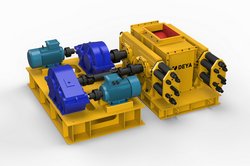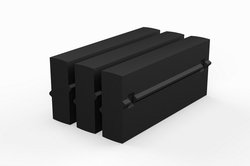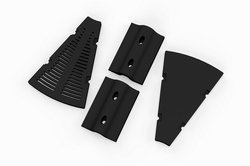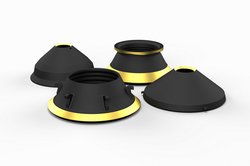Sand gravel plant and stone crusher plant
Sand and gravel plant
At a typical sand and gravel plant, vibrating feeder or apron feeder, vibrating screen, belt conveyor, screw washer are the common equipment needed.
Raw material from a hopper at a dumping station is carried by conveyor belt or apron feeder to a screening deck.
The screening deck removes oversized materials like large clay balls, roots, very large rocks, etc., it separates sand from gravel, and then separates the gravel into different sizes.
High pressure spray bars are installed above the vibrating screen, and wash the gravel as it passes through the screening deck.
Large stones then go to log washers or stockpile for final product one, while medium size material goes to a screw washer.
The washed gravel after emerging from the screw washer will be sent to stockpile for final product two.
Transportation to a storage area may be by a fixed conveyor system, a radial stacker system, or an extendable belt conveyor system.
A radial stacker is a conveyor system, that rotates from a stationary pivot point and stores the material in an arc-shaped stockpile.
The extendable belt conveyor system has the capability of lengthening or shortening itself by moving the head section.
The head section is mounted on wheels and moves on rails, which allows the conveyor to supply several stockpiles, hoppers, or silos.
Under sieve material of sand, after being separated on a screening deck, flows to a washing and recycling equipment, where it is washed and de-watered, the fine sand will be recycled by the cyclone system.
The sand is then carried by a conveyor belt, which carries the sand to a storage area.
Water, that is used in the plant, is pumped from a fresh water pond. After use, the discharged water is pumped into a settling pond for re-use.
Stone crusher plant
A stone crusher plant differs somewhat from a sand and gravel plant.
Raw material, of various sizes, is brought from a quarry, to a primary crusher, by haul units. Some primary crushers are fed by apron feeder, or vibrating feeder.
After primary crushing, material is conveyed by belt to a rotary scrubber for washing.
The scrubber is a cylindrical rotary device with internal screens, and auger-type vanes that carry the material through the scrubber.
Very fine material is separated from coarse material in the scrubber.
The very fine material is sent to a settling pond. Coarse material is sent first to a surge pile, and then to a primary screening deck.
Oversized material is carried from the primary screening deck to a secondary crusher, and is then returned to the primary screening deck to be separated into desired sizes.
A crushed stone plant contains a series of screen decks, secondary crushers, and final rinse screening stations. The finished product travels through a final rinse stage, and is then stored in silos, bins, and stockpiles.
A sand and gravel or stone crusher plant consists of a number of interdependent production processes, which occur simultaneously.
Therefore, it is important to know how the plant operates, in order to prevent a massive pile-up of material at transfer points during plant startup, operation, or shutdown.





